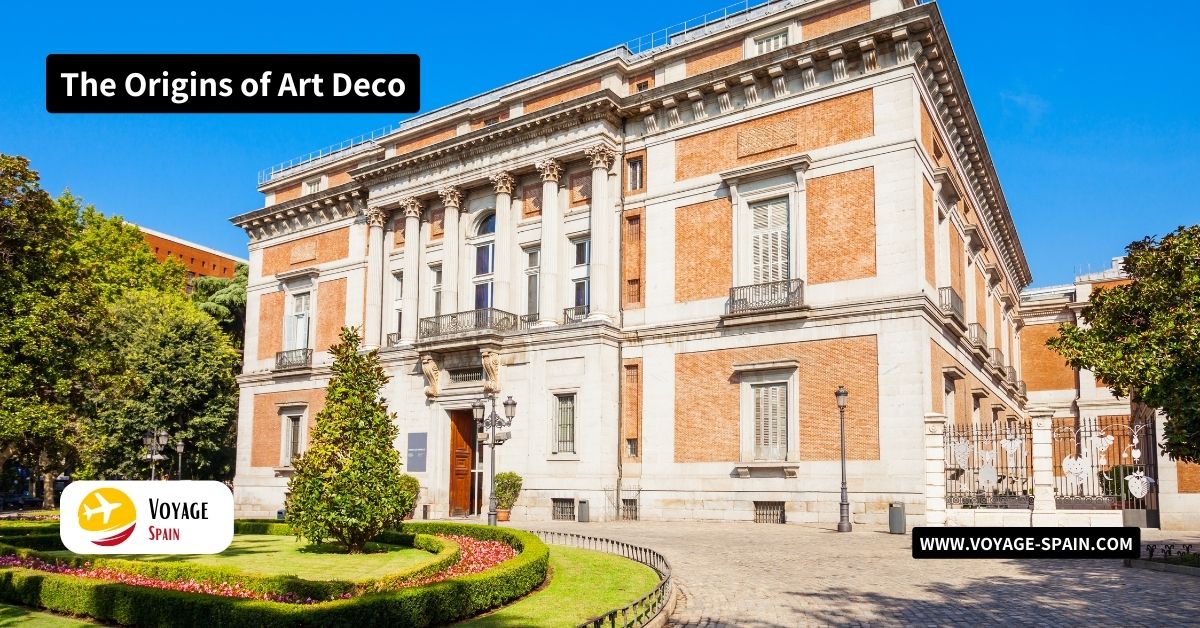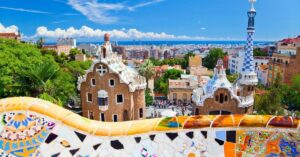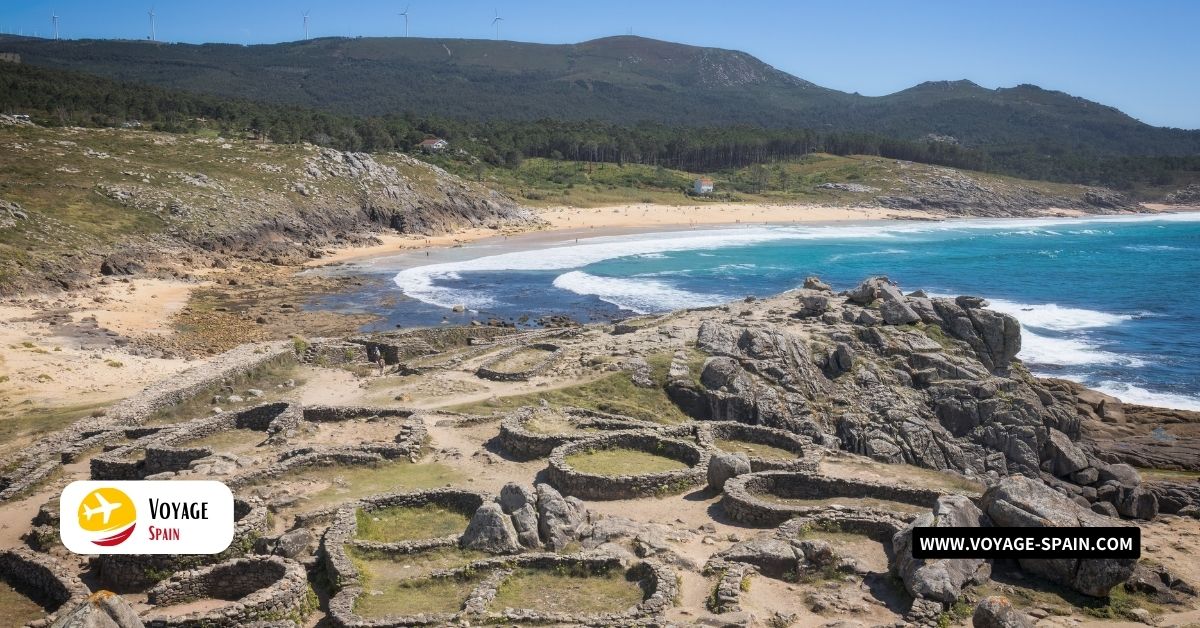Introduction
Art Deco, with its sleek lines, geometric shapes, and ornate details, holds a special allure that continues to captivate admirers worldwide. In Madrid, this iconic style emerged during a period of economic prosperity and cultural dynamism, leaving behind a legacy of architectural treasures that still enchant visitors today. The influence of Art Deco can be seen in the city’s skyscrapers, public buildings, and residential neighborhoods, shaping the urban fabric with its distinct aesthetic and charm.
The Origins of Art Deco
Let’s dive into the fascinating origins of the Art Deco movement! Emerging in the early 20th century, Art Deco is characterized by its sleek lines, geometric shapes, and lavish ornamentation. It evolved as a response to the austerity of World War I, embracing modernity and celebrating progress through design.
The emergence of Art Deco was influenced by a confluence of cultural and historical factors. The movement drew inspiration from diverse sources, including ancient art, Cubism, and the machine age. It flourished during a time of economic prosperity known as the Roaring Twenties, when cities like Paris and New York became hubs of innovation and creativity. Art Deco architecture reflected this spirit of optimism and dynamism, embodying the desire for luxury and refinement in a rapidly changing world.
Art Deco in Madrid: A Historical Overview
Let’s take a trip back in time to Madrid during the Art Deco period! In the early 20th century, the city experienced a period of significant growth and transformation. Rapid urbanization and industrialization fueled economic prosperity, attracting migrants from rural areas and immigrants from abroad.
This era of expansion and modernization provided fertile ground for the emergence of Art Deco architecture in Madrid. Influenced by global trends and cultural exchanges, the city’s architects embraced the sleek lines and geometric motifs characteristic of the Art Deco movement. From grand public buildings to stylish residential complexes, Art Deco structures began to dot the Madrid skyline, reflecting the city’s newfound status as a cosmopolitan center of culture and commerce.
Key Features of Madrid’s Art Deco Buildings
Get ready to discover the distinctive features of Madrid’s Art Deco buildings! Characterized by sleek lines, geometric shapes, and intricate detailing, Art Deco architecture in Madrid boasts a unique blend of elegance and innovation.
Key Features of Madrid’s Art Deco Buildings:
- Elaborate Facades: Look for facades adorned with geometric patterns, stylized motifs, and ornamental details, adding a touch of glamour to the city streets.
- Streamlined Forms: Art Deco buildings often feature streamlined forms and smooth surfaces, exuding a sense of modernity and sophistication.
- Decorative Elements: Keep an eye out for decorative elements such as sunbursts, zigzags, and chevrons, which are commonly used to embellish entrances, windows, and balconies.
- Bold Colors: Art Deco buildings in Madrid embrace bold color schemes, with vibrant hues like teal, coral, and gold accentuating their architectural features.
Notable Examples of Art Deco Landmarks in Madrid:
- Telefonica Building: This iconic skyscraper, located in Gran Vía, showcases stunning Art Deco detailing, including intricate reliefs and a majestic clock tower.
- Edificio Metropolis: Situated at the intersection of Gran Vía and Calle de Alcalá, this architectural gem is renowned for its striking dome and elaborate sculptures, embodying the essence of Art Deco glamour.
Architectural Gems: Highlighting Iconic Structures
Prepare to be amazed as we delve into the architectural wonders of Madrid’s Art Deco landmarks! Each structure tells a story of innovation, elegance, and historical significance, offering a glimpse into the city’s rich cultural heritage.
Edificio Telefónica
This towering skyscraper, completed in 1929, is a testament to Madrid’s Art Deco splendor. Designed by architect Ignacio de Cárdenas, its sleek lines and ornate façade epitomize the glamour of the era. The building’s construction marked a milestone in Madrid’s urban development, symbolizing the city’s embrace of modernity and progress.
Palacio de Cibeles
Originally built as the headquarters of the Spanish postal service, this majestic building underwent a stunning Art Deco renovation in the early 20th century. Designed by architect Antonio Palacios, its grandeur is evident in its opulent interiors and intricate detailing. The Palacio de Cibeles stands as a symbol of Madrid’s cultural heritage, blending Art Deco elegance with neo-Baroque flourishes.
Edificio Metrópolis
Situated at the heart of Gran Vía, Madrid’s bustling thoroughfare, this iconic landmark is a shining example of Art Deco extravagance. Designed by architects Jules and Raymond Février, its distinctive dome and ornamental sculptures evoke a sense of timeless beauty. The Edificio Metrópolis remains a beloved symbol of Madrid’s architectural legacy, captivating visitors with its breathtaking design and historical significance.
Preservation Efforts and Challenges
Let’s talk about the importance of safeguarding Madrid’s Art Deco legacy! Preserving these architectural gems is crucial for maintaining the city’s cultural identity and heritage. Madrid’s Art Deco buildings serve as tangible reminders of a bygone era, reflecting the artistic vision and innovation of their creators.
Despite their significance, preserving Art Deco landmarks presents a host of challenges. The rapid pace of urban development and modernization often threatens these structures with demolition or neglect. Additionally, the delicate nature of Art Deco detailing requires specialized care and attention to ensure their longevity. Conservation efforts face obstacles such as funding constraints, bureaucratic red tape, and competing interests in urban planning. Despite these challenges, dedicated individuals and organizations continue to advocate for the preservation of Madrid’s Art Deco heritage, recognizing its value as a cultural treasure worth protecting for future generations.
Exploring Madrid’s Art Deco Districts
Ready to embark on an adventure through Madrid’s Art Deco districts? Start your journey by exploring neighborhoods like Gran Vía and Chamberí, known for their stunning Art Deco architecture. Stroll down Gran Vía, Madrid’s vibrant main avenue, and marvel at iconic landmarks such as the Edificio Metrópolis and Edificio Telefónica, which epitomize the city’s Art Deco charm.
For a more off-the-beaten-path experience, venture into the Chamberí district, where hidden gems await around every corner. Take a leisurely walk through the streets of Chamberí and discover lesser-known Art Deco landmarks, such as the elegant residential buildings tucked away in quiet squares and alleyways. Don’t forget to keep your eyes peeled for unique architectural details and decorative motifs that add to the district’s allure. With a self-guided walking tour, you’ll have the freedom to explore at your own pace and uncover the hidden treasures of Madrid’s Art Deco districts.
Influence on Contemporary Design and Culture
The sleek lines, geometric shapes, and luxurious aesthetic of Art Deco architecture continue to shape modern design trends across various industries, from fashion and interior design to graphic design and advertising. The timeless appeal of Art Deco’s elegance and sophistication resonates with today’s designers, who often incorporate elements of the style into their creations to evoke a sense of glamour and refinement.
In Madrid and beyond, Art Deco remains a constant source of inspiration for architects, designers, and artists alike. From reinterpretations of classic Art Deco motifs to innovative contemporary expressions, the influence of Art Deco can be seen in architectural projects, fashion collections, and artistic endeavors. In Madrid, architects and designers draw upon the city’s rich Art Deco heritage to create modern spaces that pay homage to the style’s legacy while pushing boundaries and exploring new creative possibilities.
Conclusion
In wrapping up our journey through Madrid’s Art Deco architecture, it’s clear that these stunning landmarks play a vital role in shaping the city’s identity and cultural heritage. From the grandeur of buildings like the Telefonica Building to the intricate details of hidden gems in Chamberí, Art Deco architecture reflects Madrid’s rich history and artistic spirit. These structures serve as tangible reminders of a bygone era, capturing the essence of glamour and innovation that defined the Art Deco period.
As you explore Madrid, take the time to seek out and appreciate the beauty of Art Deco landmarks scattered throughout the city. Whether you’re wandering down Gran Vía or meandering through lesser-known neighborhoods, each Art Deco gem offers a unique glimpse into Madrid’s architectural legacy. So grab your camera, put on your walking shoes, and embark on a journey to discover the captivating beauty of Madrid’s Art Deco treasures.
FAQs
Q1: What Is The History Of Art Deco Architecture?
Art Deco architecture emerged in the early 20th century, reflecting a desire for modernity and sophistication after World War I. It peaked in popularity during the 1920s and 1930s, influenced by various artistic movements like Cubism and Futurism.
Q2: What Was The Style After Art Deco?
Mid-century Modernism followed Art Deco, prevalent from the 1940s to the 1960s. It emphasized simplicity, functionality, and the integration of indoor and outdoor spaces, characterized by clean lines and innovative materials.
Q3: Who Created The Art Deco Style?
Art Deco was not the creation of a single individual but evolved through the work of designers, architects, and artists globally. It gained prominence through international exhibitions like the 1925 Exposition Internationale des Arts Décoratifs et Industriels Modernes in Paris.
Q4: What Is Art Deco Architecture?
Art Deco architecture features geometric shapes, streamlined forms, and decorative elements, often inspired by both ancient art and modern technology. It’s found in various settings, including skyscrapers, cinemas, and public buildings, reflecting a blend of luxury and modern design.
Q5: What Is The Purpose Of Spanish Style Architecture?
Spanish style architecture, also known as Spanish Revival or Mediterranean Revival, aims to evoke the architectural traditions of Spain and the Mediterranean. It’s characterized by features like stucco walls, red tile roofs, and arched doorways, often seen in residential and commercial buildings.
Q6: What Kind Of Style Is Art Deco?
Art Deco is a decorative arts and architectural style known for its bold geometric shapes, lavish ornamentation, and modern aesthetic. Emerging in the early 20th century, it influenced not only architecture but also fashion, interior design, and graphic arts globally.











